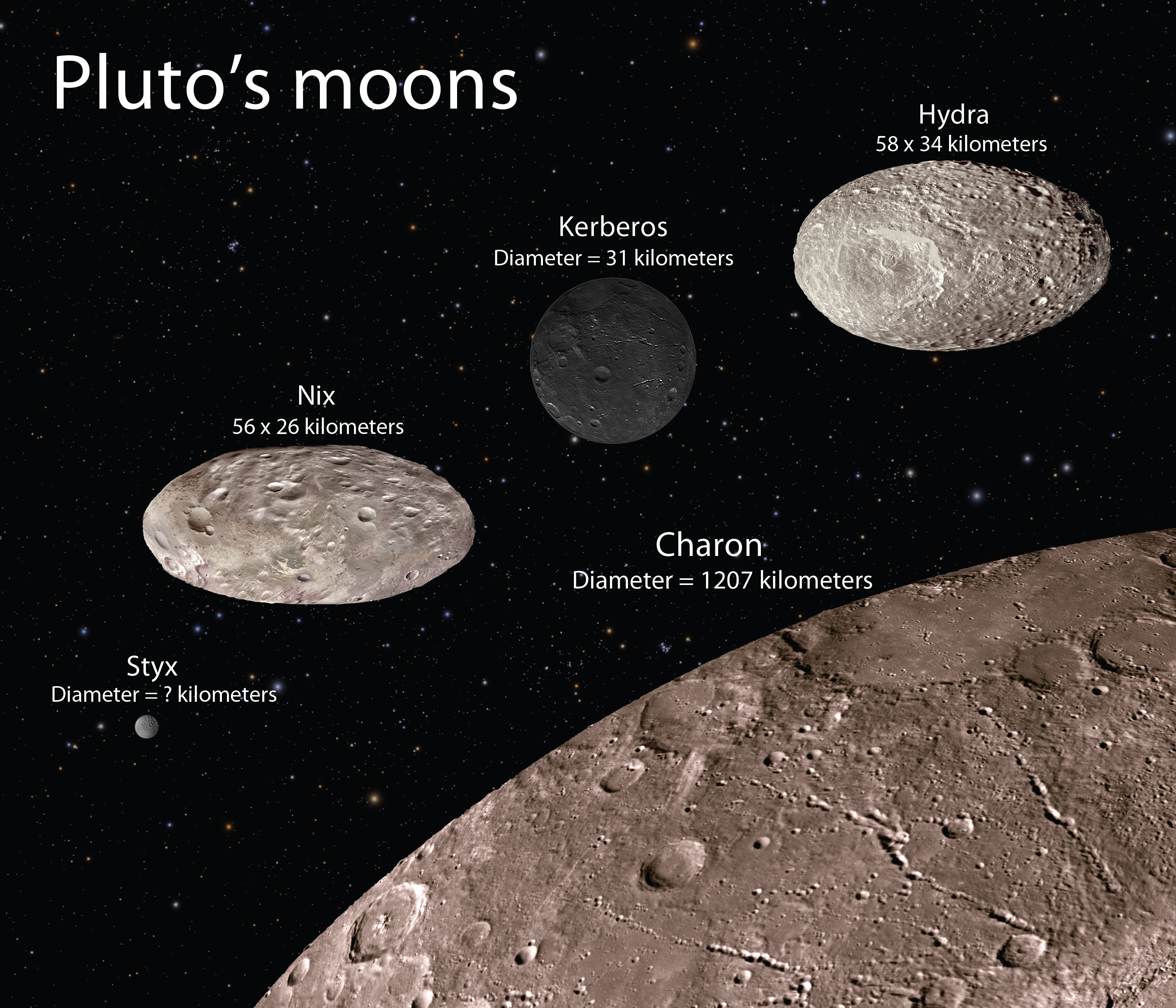

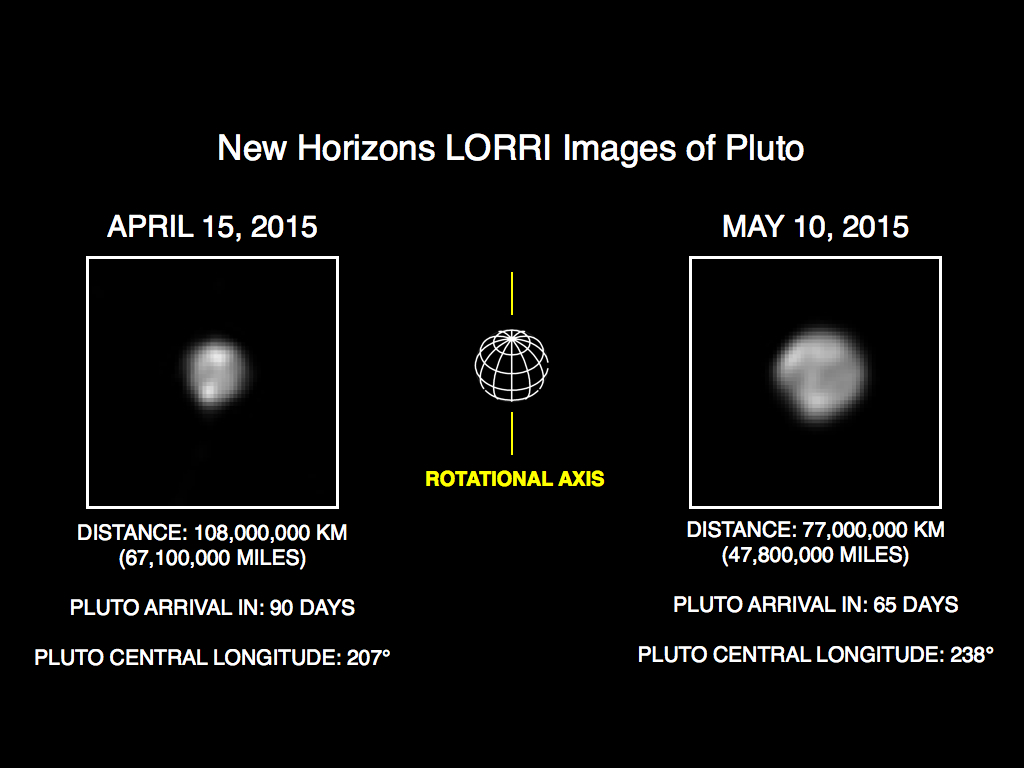
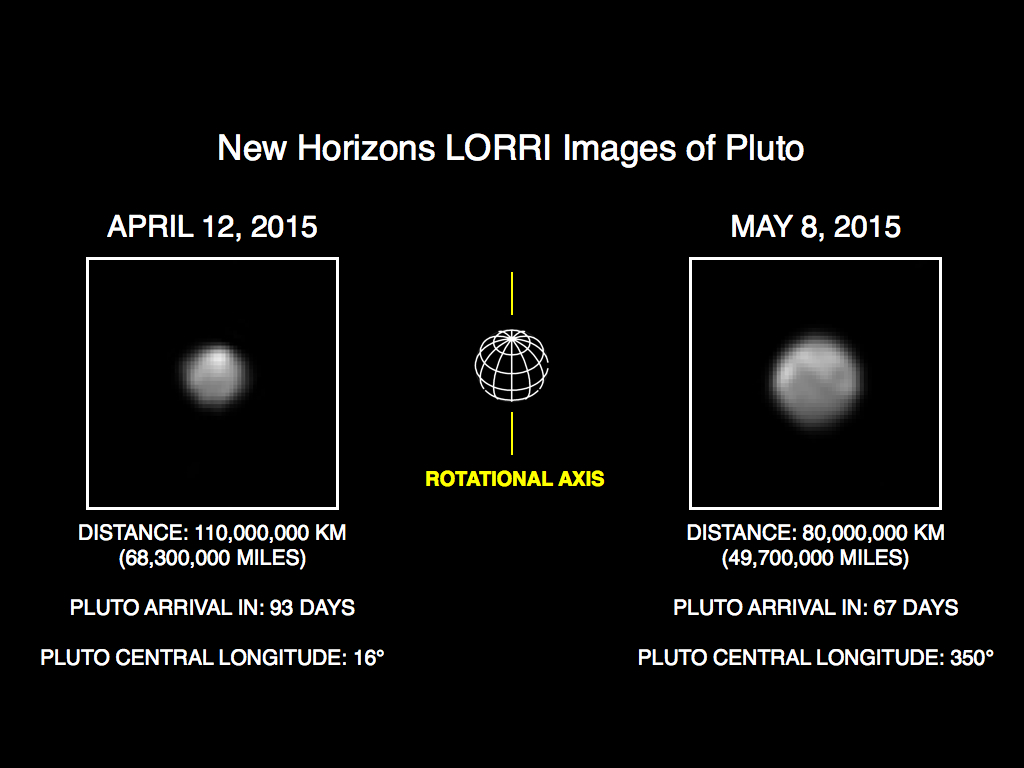

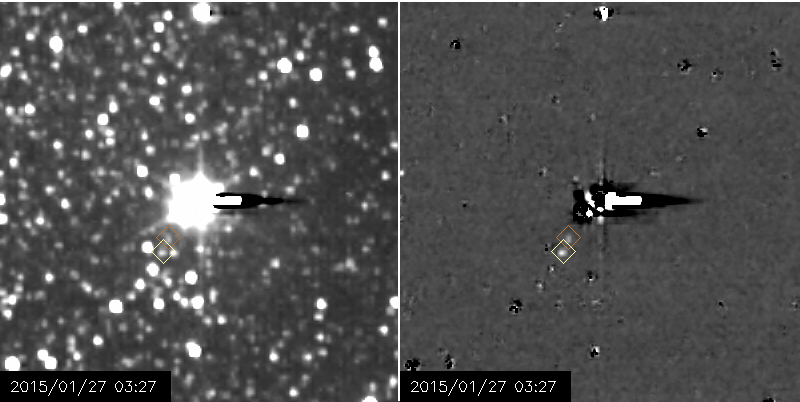

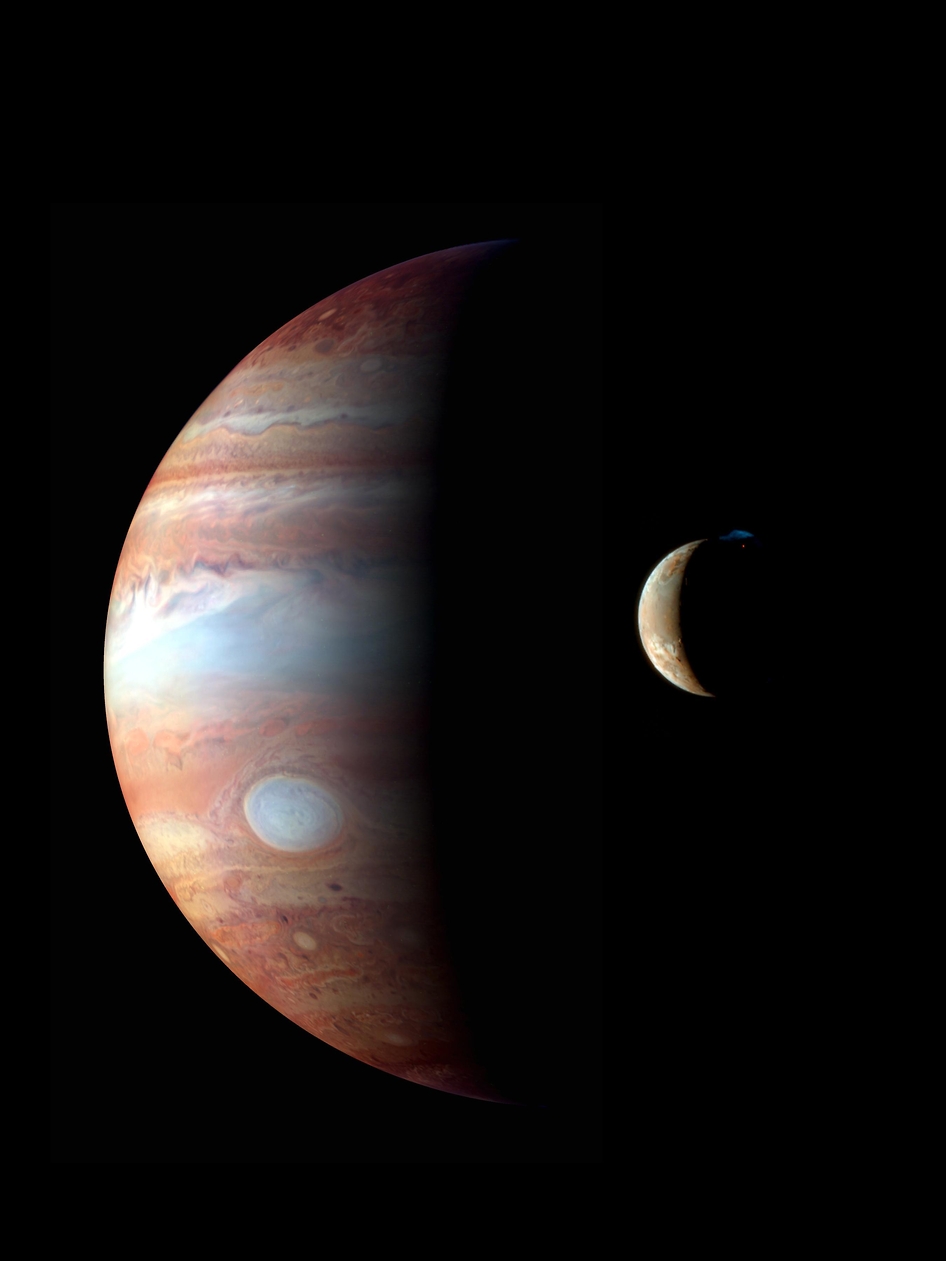
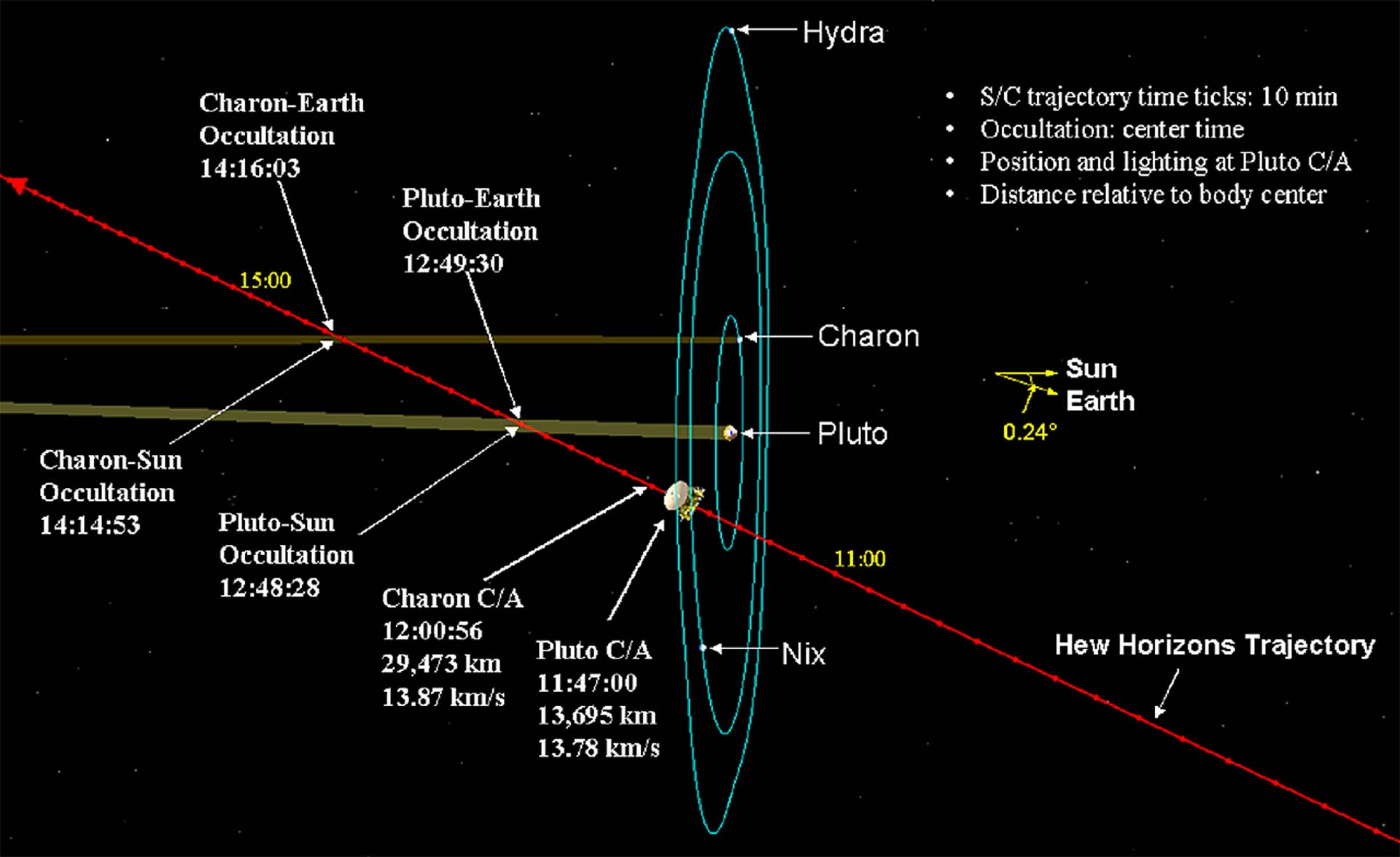


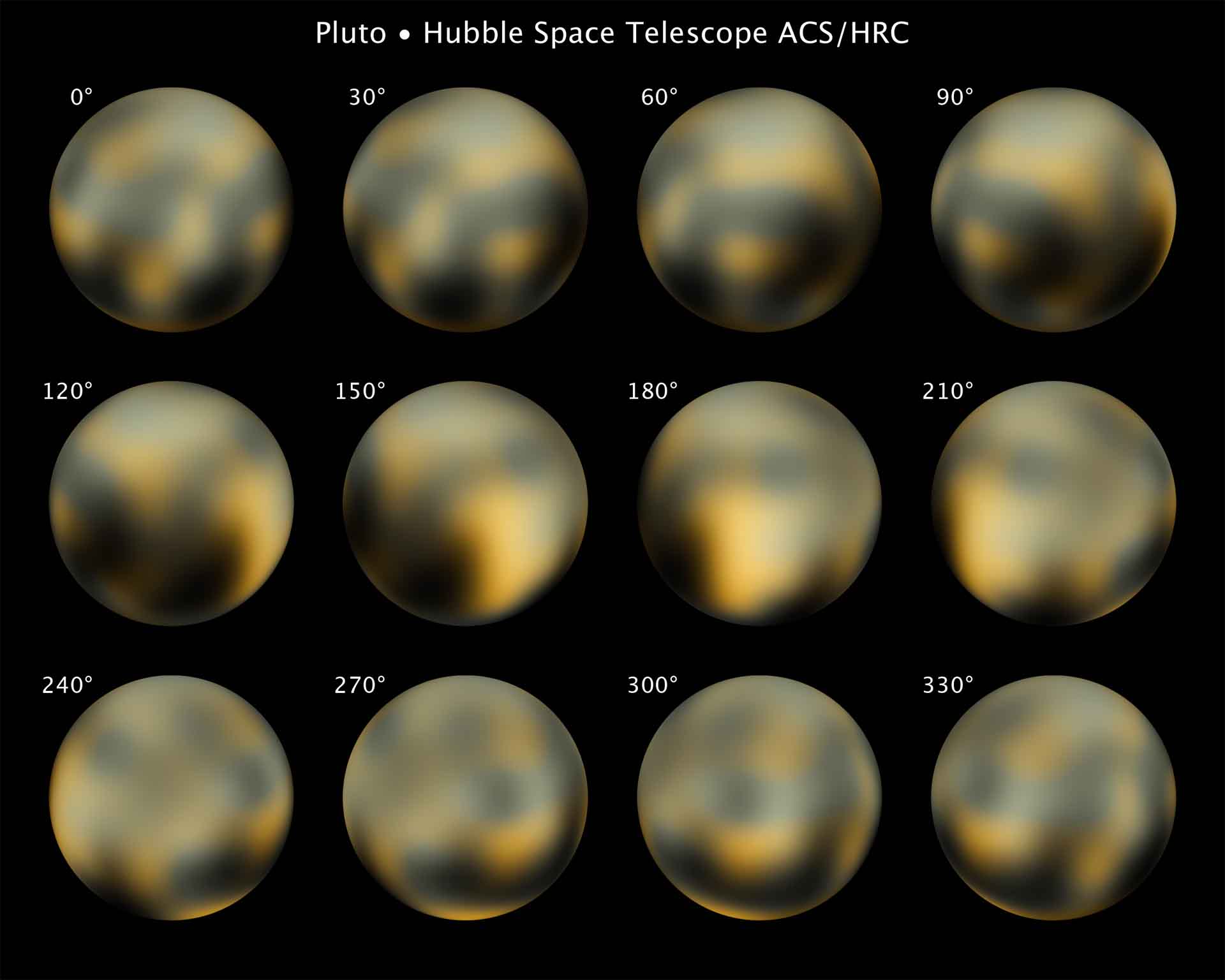
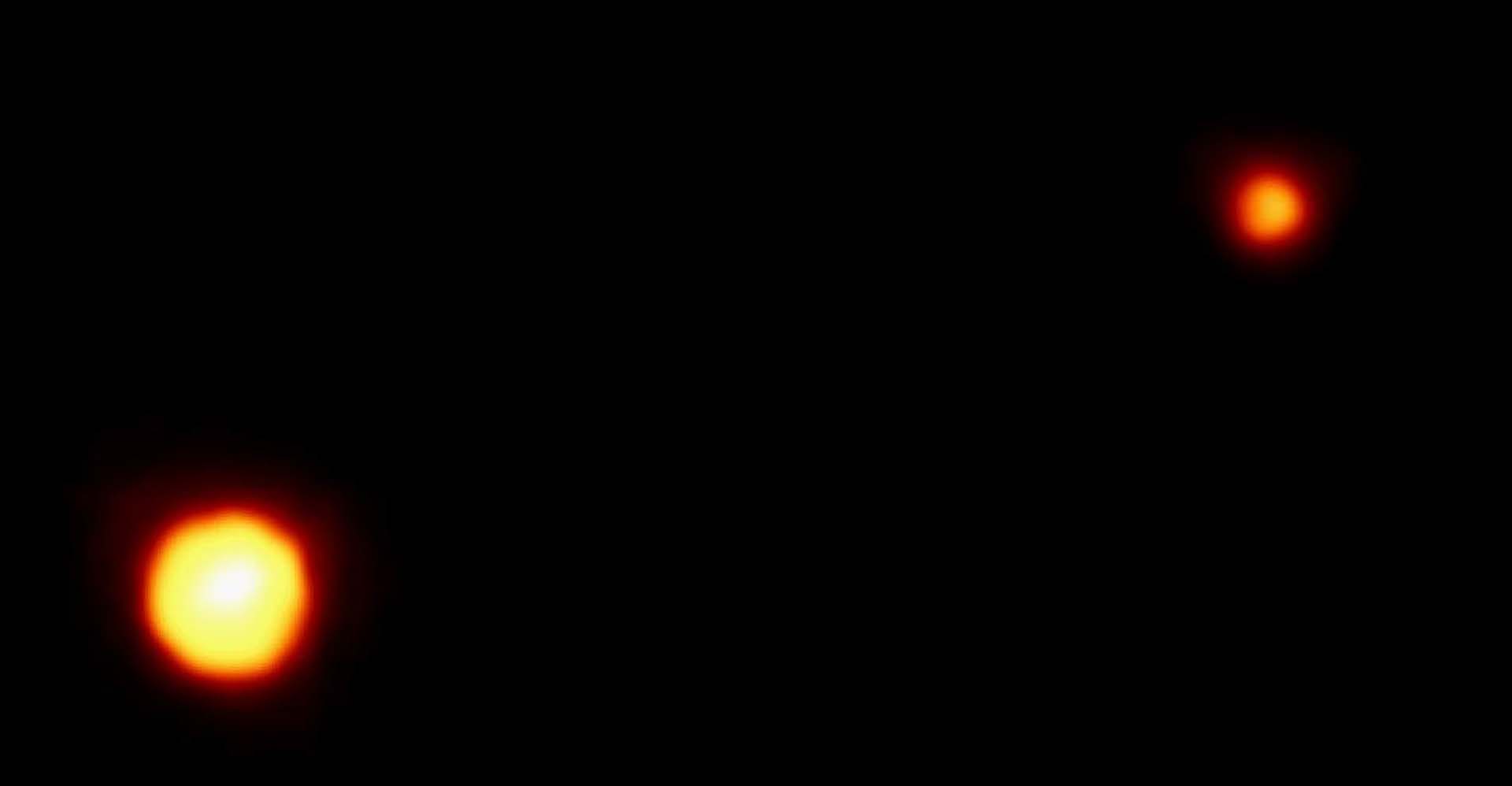

















To access the full features of Pluto Safari please download the FREE app for iOS from the Apple App Store or Pluto Safari: New Horizons for Android from Google Play.
Alternatively, if you have SkySafari or Pluto Safari installed you could download the simulation settings file here.